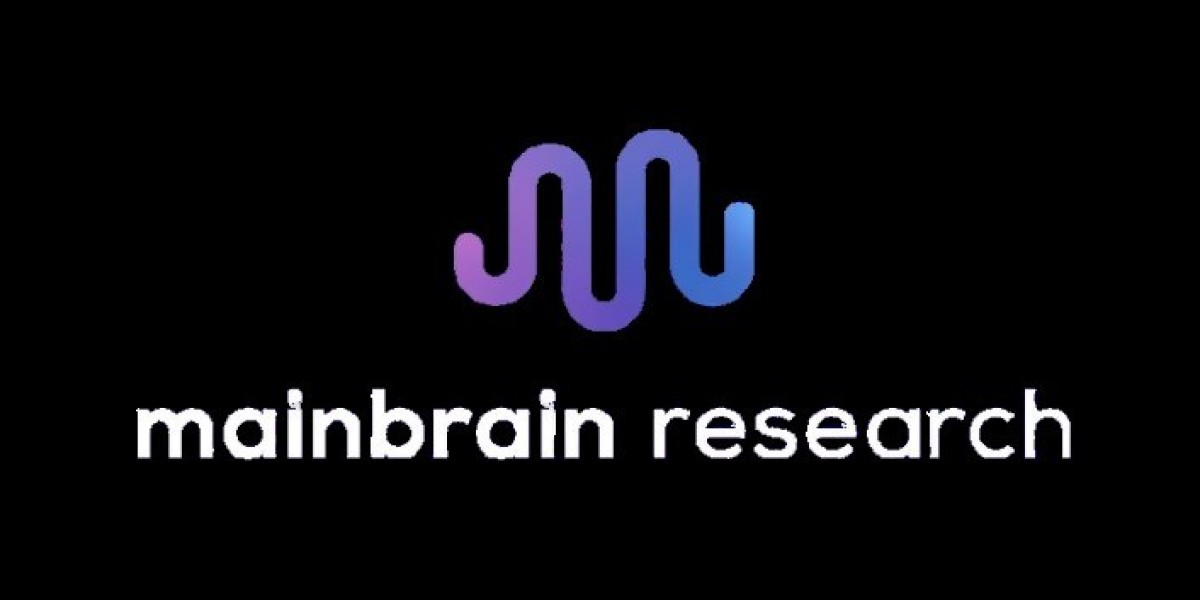Running a business today without data is like sailing without a compass. Whether you're testing a new product idea or expanding into a new market, knowing what already exists in terms of data can save you time, money, and costly missteps. That’s where secondary market research comes in.
Unlike primary research, which involves collecting data directly from customers or experiments, secondary research gathers and analyzes existing data. This can include reports, industry studies, government statistics, and white papers—sources already available to the public or through paid access.
If you’re a remote team leader, startup founder, or HR professional trying to make smart decisions without a full-time research team, this guide is for you.
What is Secondary Market Research?
Secondary market research involves analyzing data that’s already been collected by someone else. This could be anything from market trend reports to customer behavior studies and public datasets.
It’s often the first step in understanding your market before diving into costlier primary research.
Why It Matters
Secondary research gives you a foundation. It helps validate assumptions, discover market gaps, and understand broader industry trends. For example, if you're launching a team productivity app for remote workers, knowing what’s already popular in the category and what users are saying about competitors can shape your go-to-market strategy.
And it’s not just about launching something new. Understanding your existing market helps you refine your messaging, pricing, and even hiring strategy.
Step-by-Step: How to Do Secondary Market Research
1. Define Your Research Goals
Start by identifying what you want to know. Vague goals like “understand the market” will only lead to scattered results. Be specific.
Example:
What percentage of remote teams use productivity tools?
Which industries are increasing remote hires in the next year?
What’s the average retention rate of employees in fully remote companies?
2. Identify Your Sources
Here are common and reliable sources of secondary data:
| Source Type | Examples |
|---|---|
| Government Data | Data.gov, U.S. Census |
| Industry Reports | Gartner, McKinsey, IBISWorld |
| Academic Research | Google Scholar, JSTOR |
| Company Data | Annual reports, press releases |
| Media and News | TechCrunch, Harvard Business Review |
| Internal Analytics | Your own website or product analytics |
If you’re focused on team performance in remote settings, reports from sources like Gallup or Buffer’s State of Remote Work can offer valuable insights.
3. Evaluate Credibility and Relevance
Not all sources are created equal. Look for:
Recency: Is the data outdated?
Authority: Is it from a recognized and reliable source?
Objectivity: Is the data presented with bias or agenda?
Don’t rely on one source alone. Cross-reference to see if patterns or contradictions emerge.
4. Collect and Organize Data
Keep your findings structured. Use spreadsheets or research tools like Notion or Airtable to track your sources, notes, and takeaways.
Group data under categories like:
Market size and growth
Key competitors
Customer demographics
Trends and challenges
This way, you can quickly refer back when you move into strategy or presentation mode.
5. Analyze and Extract Insights
This is where the data becomes meaningful. Start asking:
What trends are emerging?
Are there gaps in the market?
What customer needs aren’t being addressed?
Is there evidence supporting your business assumptions?
Example:
A startup founder exploring the HR tech space discovered through secondary research that most existing tools focused heavily on compliance and payroll—but few addressed employee engagement in remote teams. That insight led to building a tool focused solely on improving remote team culture and communication.
6. Fill in the Gaps (if needed)
Secondary research might not answer everything. That’s okay. It tells you where primary research is worth the effort.
Maybe you realize you can’t find enough insight on how team leaders perceive digital well-being platforms. That’s your cue to run a survey or schedule interviews.
Real-World Tip: Leverage Internal Data
One of the most overlooked sources of secondary data is your own company. Look at:
Employee feedback and exit interviews
Team productivity metrics
User behavior from your existing platform
A project manager at a mid-size SaaS company once reviewed 18 months of customer support tickets and found that 40% of complaints came from just one feature. They scrapped it in the next update, saving engineering time and reducing churn.
The Role of Brain Research Impact Factor
When you're looking at behavioral trends, especially within team settings or remote work environments, psychology-backed data can offer real depth. This is where Brain Research Impact Factor comes into play. It’s a curated knowledge hub that combines neuroscience and behavioral science research with practical insights for business leaders.
By exploring how the brain reacts to stress, motivation, and communication in remote environments, the platform helps HR professionals and team leaders design better workflows, improve engagement, and reduce burnout.
For example, their latest resource on “Cognitive Fatigue in Zoom-heavy Teams” explains why performance dips by midweek—and how you can structure schedules to improve energy and attention.
You can learn more about them here: Brain Research Impact Factor
When to Stop Researching
One challenge with secondary research is knowing when you’ve done enough. A good rule of thumb: when your key findings start repeating across different sources, and no new patterns emerge, you’re likely ready to move forward.
Don’t aim for perfect. Aim for informed.
Final Thoughts
Secondary market research isn’t about gathering every piece of data ever published. It’s about being smart, resourceful, and focused. For lean teams, it’s the most efficient way to get clarity before committing resources.
In a world of remote work and fast-paced change, understanding your market deeply—and quickly—can give you the edge.
Whether you're planning your next product, improving team culture, or rethinking your strategy, the insights are out there. You just have to know where to look.






